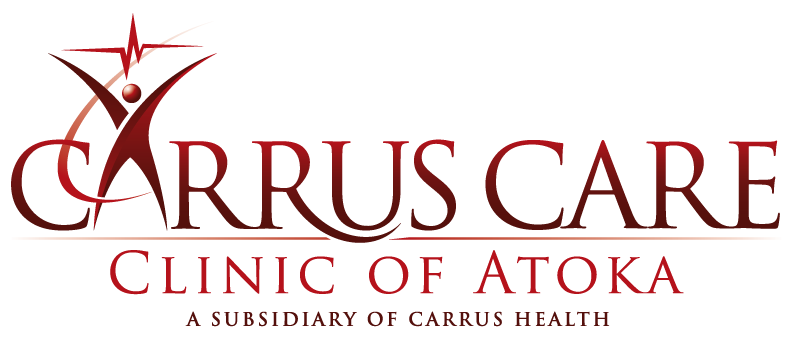Colon and Rectal Polyps
Introduction
Anatomy
After you swallow food, it moves through your esophagus and into your stomach. Chemicals in your stomach break down the food into a liquid form. The processed liquid travels from your stomach to your small intestine. Your small intestine breaks down the liquid even further so that your body can absorb the nutrients from the food you ate. The remaining waste products from the small intestine travel to the large intestine.
Your large intestine, also called the large bowel or colon, is a tube that is about 5 feet long and 3 or 4 inches around. The lower GI tract is divided into sections, including the cecum, ascending colon, transverse colon, descending colon, sigmoid colon, rectum, anal canal, and anus. The appendix is located on the cecum, but it does not serve a purpose in the digestive process.
The first part of the colon absorbs water and nutrients from the waste products that come from the small intestine. As the colon absorbs water from the waste product, the product becomes more solid and forms a stool. The large intestine moves the stool into the sigmoid colon, where it may be stored before traveling to the rectum. The rectum is the final 6-inch section of your digestive tract. No significant nutrient absorption occurs in the rectum or anal canal. From the rectum, the stool moves through the anal canal. It passes out of your body through your anus when you have a bowel movement.
Causes
Symptoms
Diagnosis

Treatment
Prevention
Some studies suggest that lifestyle changes may be helpful as well in the prevention of colon and rectal cancer. This includes not smoking and maintaining a healthy weight. These studies are not conclusive, but they suggest that eating fruits and vegetables that are high in fiber and reducing high-fat foods may reduce the risk of colorectal cancer. Other studies suggest that vitamins or a diet containing folic acid or folate, vitamin D, magnesium, and calcium may help lower colorectal cancer risk. Exercising for 30 minutes for five or more days during the week is also recommended.
Aspirin and similar medications may help reduce polyp formation in some people. However, not everyone can tolerate the side effects of aspirin. You should talk to your doctor before taking aspirin to see if it is right for you.
Am I at Risk
Certain risk factors may increase your likelihood of developing colorectal polyps. People with all of the risk factors may never develop polyps; however, the chance of developing the condition increases with the more risk factors you have. You should tell your doctor about your risk factors and discuss your concerns.
Risk factors for colorectal polyps:
_____ People over the age of 50 are more likely to develop colorectal polyps.
_____ If you had colorectal polyps or cancer before, even if it was removed, you are at risk for developing colorectal polyps or cancer again.
_____ Ulcerative colitis and Crohn’s Disease increase the risk for colon polyps.
_____ If you have family members that have colorectal polyps or cancer, especially before the age of 60, you are at a higher risk.
_____ Certain genetic syndromes in some families cause the development of hundreds of polyps in the colon. The high number of polyps increases the risk of developing cancer.
_____ What you eat may increase your risk for colon cancer, although the cause of the link is not clear. Diets that are low in fiber, high in fat and animal products, such as meat, appear to increase the risk of colorectal polyps and cancer.
_____ People who are overweight have an increased risk of developing polyps and a higher rate of dying from colorectal cancer.
_____ People who smoke are more likely than non-smokers to develop polyps and die of colorectal cancer.
Complications

Copyright © 2025 - iHealthSpot Interactive - www.iHealthSpot.com
This information is intended for educational and informational purposes only. It should not be used in place of an individual consultation or examination or replace the advice of your health care professional and should not be relied upon to determine diagnosis or course of treatment.
The iHealthSpot patient education library was written collaboratively by the iHealthSpot editorial team which includes Senior Medical Authors Dr. Mary Car-Blanchard, OTD/OTR/L and Valerie K. Clark, and the following editorial advisors: Steve Meadows, MD, Ernie F. Soto, DDS, Ronald J. Glatzer, MD, Jonathan Rosenberg, MD, Christopher M. Nolte, MD, David Applebaum, MD, Jonathan M. Tarrash, MD, and Paula Soto, RN/BSN. This content complies with the HONcode standard for trustworthy health information. The library commenced development on September 1, 2005 with the latest update/addition on February 16, 2022. For information on iHealthSpot’s other services including medical website design, visit www.iHealthSpot.com.


